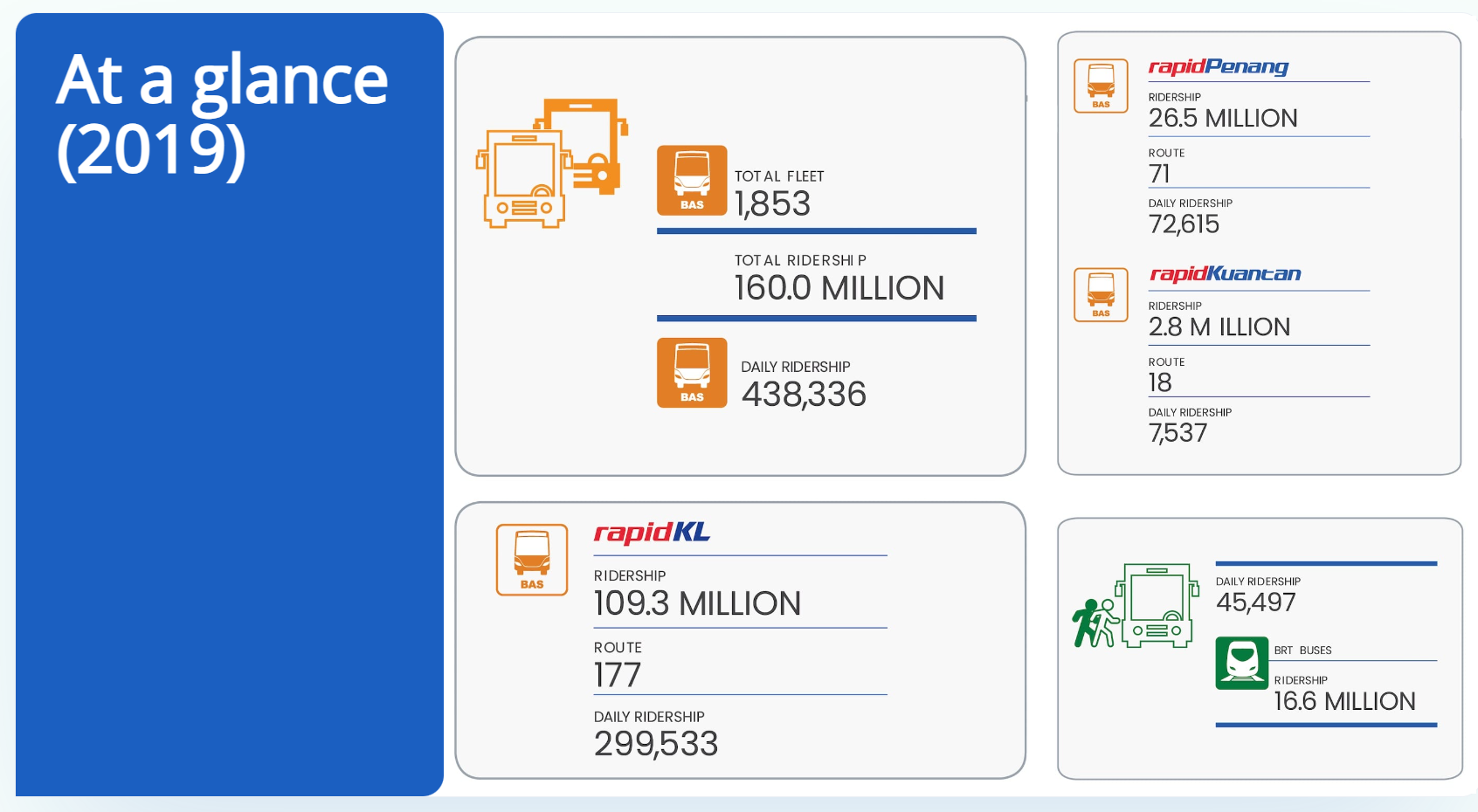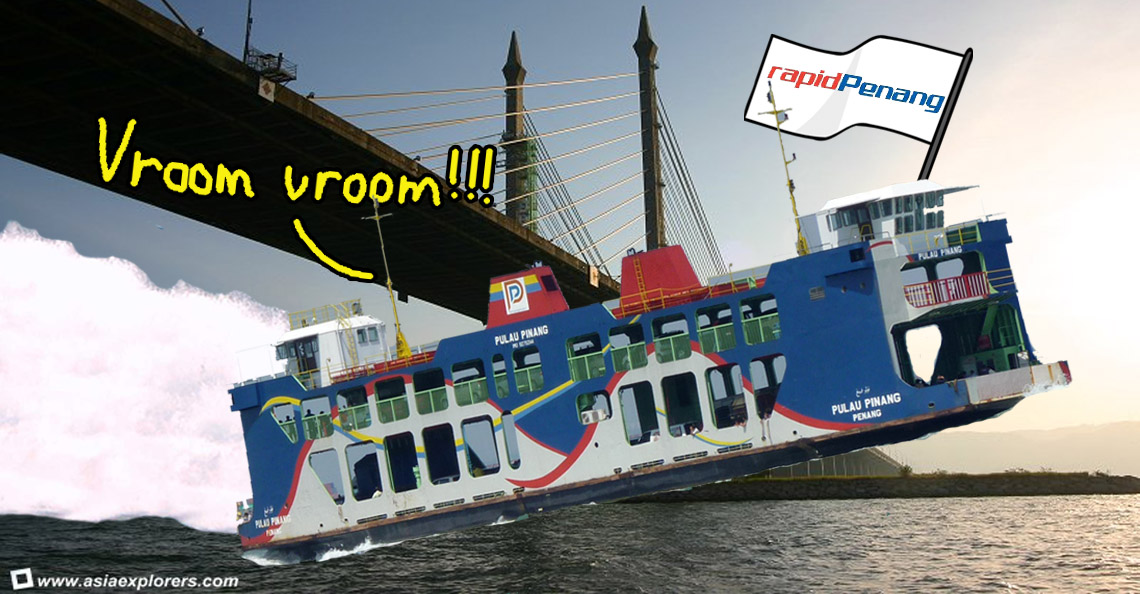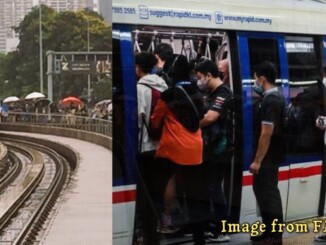How much money do buses waste when they don’t tutup engine at the station?
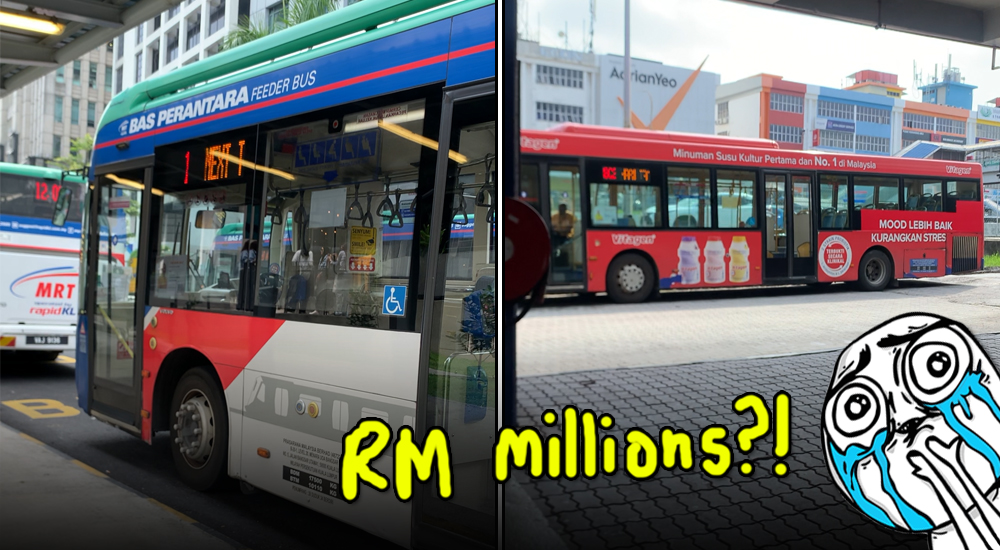
- 61Shares
- Facebook44
- Twitter4
- LinkedIn4
- Email4
- WhatsApp5
The financial costs can add up to seven figures!
Okay, so here are some quick facts:
- Our public transport system is 100% government owned.
- Subsidised diesel price (which includes public transport) is RM 2.15 per liter. But since the government bears the cost of subsidy AND owns the public transport system, we’ll be looking at the market price of diesel which is RM3.75 per liter.
- The average heavy duty diesel engine burns 3.03 liters of diesel while it’s parked and running.
So in between our moments of spying and covert video shots (here’s another one btw showing the bus idling about 22 minutes before it’s meant to depart)…
…we did also talk to several bus drivers asking why the leave their buses running.
The main reason seems to be that it’s difficult to restart the bus once the engine cools down. We found a couple of corresponding sources for this, though they’re mostly forums. Essentially, diesel engines take long to warm up, so it’s simpler to keep them running than to risk a ‘cold jump’.
The Pak Cik Bus Driver also brought up the fact it takes at least 5 minutes for the bus to isi angin. You see, buses operate on an air brake system, and when they start up, that air needs time to pressurise before the brakes can even work.
“Sure it’s a waste of money to keep the engine running, but when the break between bus trips are only 20 minutes long, it’s not convenient to turn off the engine when you need to restart, warm it up, then wait till the air is ready,”– Nice Pak Cik Bus Driver #1

At another stop, a different Pak Cik Bus Driver spilled a little secret. Keeping the bus running means the air conditioning stays ice-cold, which ensures everyone smells as fresh as a daisy when they disembark.
“Sometimes passengers complain it’s too hot, especially in the afternoon, so we just leave the engine on for the aircond,”– Nice Pak Cik Bus Driver #2
Well, well, well, guess who immediately felt grateful to the bus drivers for their kind consideration? (Yep, this writer 🙋🏼♀️). All the same, some of you might still feel tak puas hati about these idling buses, especially when you have to sit next to their hot, smelly, noisy engines for extended periods of time. But things may not stay this way for long because…
The government is already moving towards cleaner energy
“Prasarana has set a target to phase out diesel buses by 2037. Between 2025 to 2030, the corporation said it wants to add over 1,100 electric buses,”– excerpt from Malaymail
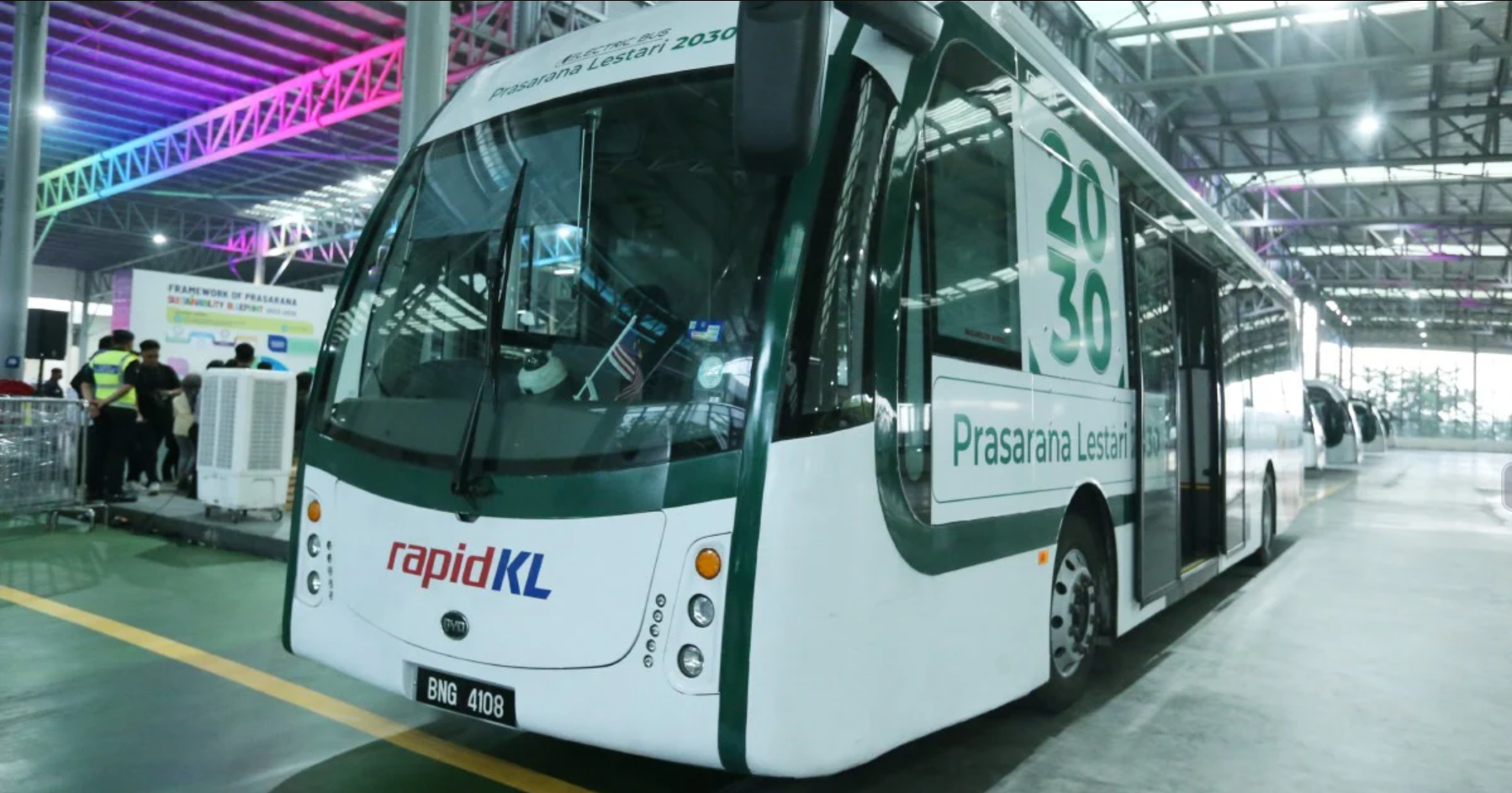
This is all part of Malaysia’s big push to go green, as you guys may have noticed with all the buzz about EVs that’s been happening lately. But ofc, the transition to a full-fledged sustainable system will take some time (a little over a decade if we wanna be exact), so you might still have to marinate in a bit of smoke while waiting at the bus stop for a while.
But hey, better that than marinating in sweat, right?
- 61Shares
- Facebook44
- Twitter4
- LinkedIn4
- Email4
- WhatsApp5

